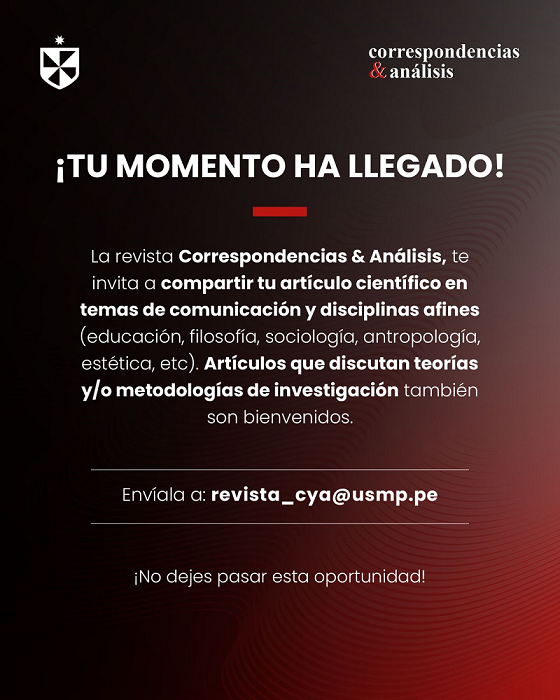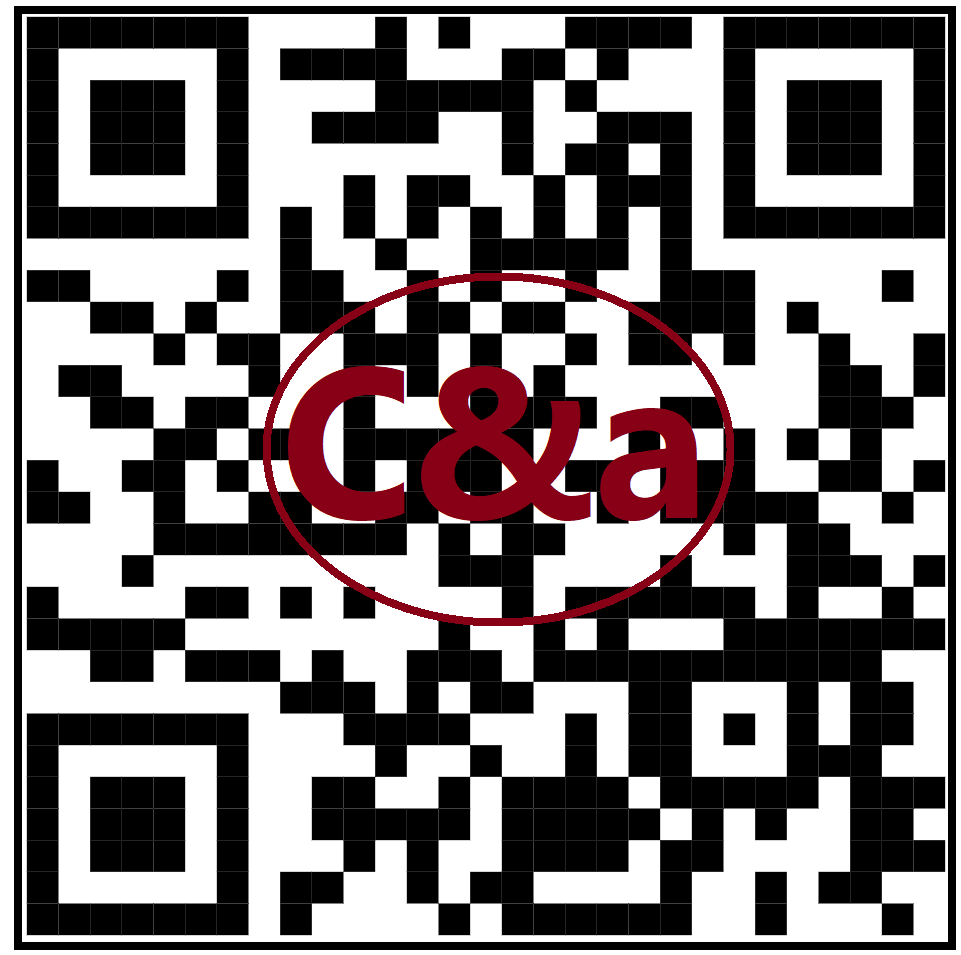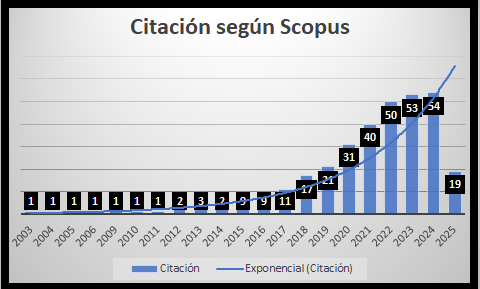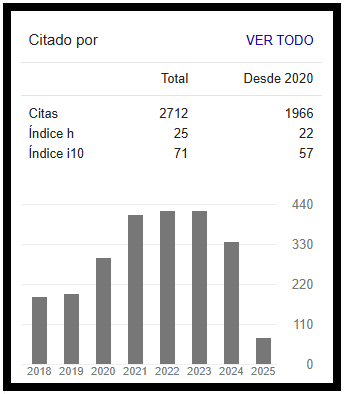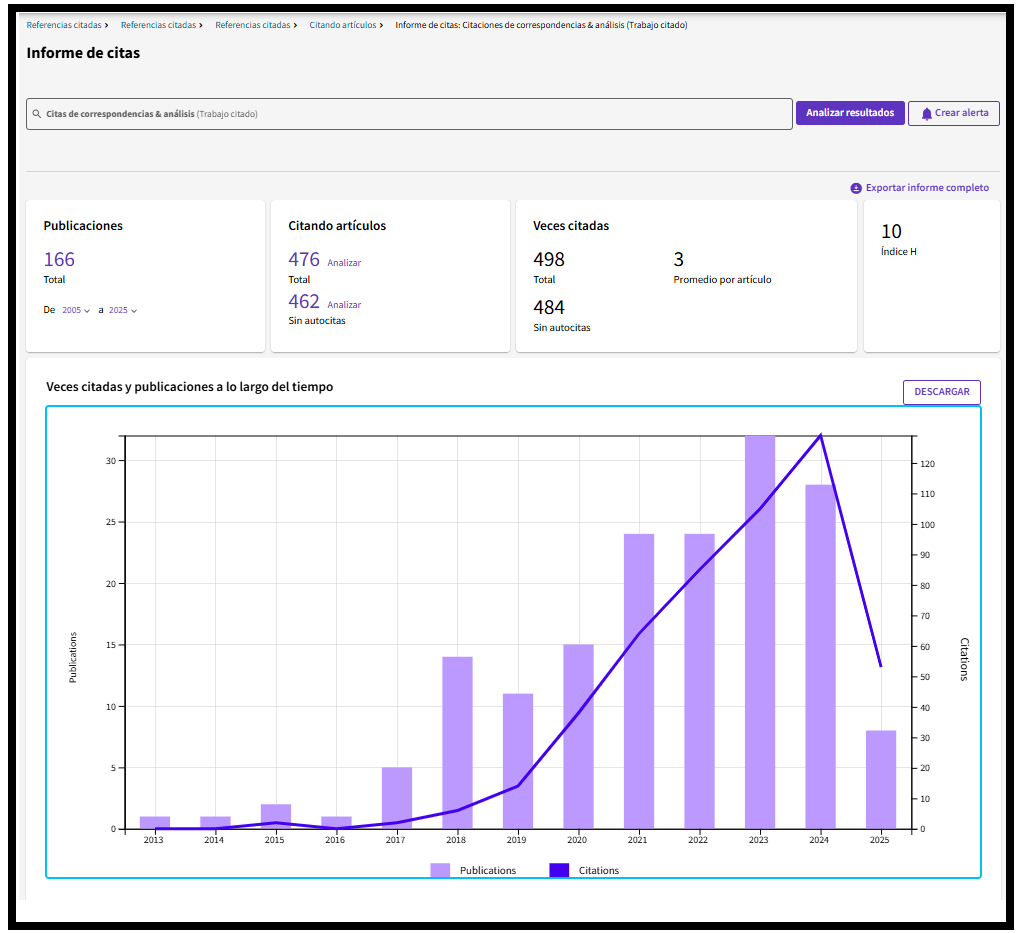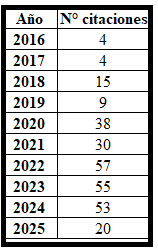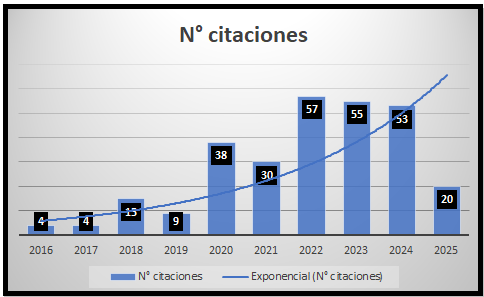The red flashes of Folkmarketing Coca Cola's strategy with the Bolivian salteña
DOI:
https://doi.org/10.24265/cian.2022.n16.04Keywords:
Bolivia, Traditional food, Cultural appropriation, Folk communicationAbstract
This article analyzes a case study that is part of the current of Folkcommunication and marketing. The romantic story created between a typical Bolivian food, the salteña, and the American drink, Coca Cola. This relationship arises from a communication strategy of the transnational, which responds to an appropriation of cultural aspects, which is not only developed in Bolivia, but also in other countries of the world. The article initially details some aspects related to the two main actors in this story, then describes the case, emphasizing the most outstanding communication aspects, to finally analyze all the elements in light of the concepts of folk communication and marketing.
Metrics
Downloads
References
Arauz, M. (2022, 20 de agosto) El Franco ascenso del negocio gastronómico. Visceral. Reseñas hechas con más paladar que pretensiones sobre propuestas gastronómicas en Bolivia. http://marcearauz.blogspot.com/2020/12/los-carritos-clandestinos-un-giro.html?q=carritos
Arámbulo, P., lmeida, C., Cuéllar, J. y Belotto, A. (1995) La venta de alimentos en la vía pública en América Latina. Organización Panamericana de la Salud PAHO. https://iris.paho.org/handle/10665.2/15621
Cajías, L (2012, 13 de marzo). La Coca Cola pudo ser boliviana. Eju,tv. https://eju.tv/2012/03/lacocacolapudoserboliviana/#:~:text=El%20farmac%C3%A9utico%20italiano%20Domenico%20Loirini,un%20jarabe%20para%20la%20tos.
Chilo, C. (2022, 25 de agosto). Coca-Cola celebra 80 años en Bolivia siendo la gaseosa más consumida en el país. Economy. https://www.economy.com.bo/articulo/business/coca-cola-celebra-80-anos-bolivia-siendo-gaseosa-mas-consumida-pais/20220825170726007194.html
Cruz, A., Franco, L., Roig, S., Sánchez, G. y Valencia, J. (2020). Encuentros y perspectivas de la apropiación cultural. Universidad de Barcelona. https://www.academia.edu/44253010/La_apropiaci%C3%B3n_cultural
Glancey, J (2015, 22 de mayo). Cómo la botella de Coca-Cola ha seducido al mundo por 100 años. BBC Culture. https://www.bbc.com/mundo/noticias/2015/05/150522_vert_cul_botella_coca_cola_yv#:~:text=Los%20ej%C3%A9rcitos%20siempre%20necesitaron%20comida%2C%20%C2%BFpero%20qu%C3%A9%20deb%C3%ADan%20beber%3F&text=Durante%20la%20Segunda%20Guerra%20Mundial,de%20cinco%20centavos%20por%20unidad.
Klein, H. (1982) Historia de Bolivia. (3ra edición). Librería Editorial Juventud. La Paz, Bolivia
Lucena, S. (2007). A Festa Junina em Campina Grande-PB: uma estratégia de folkmarketing. João Pessoa: Editora Universitária UFPB.
Lucena, S. (2007) Folkmarketing. In: Sérgio Luiz Gadini; Karina Janz Woitowicz. (org). Noções básicas de Folkcomunicação: uma introdução aos principais termos, conceitos e expressões. Ponta Grossa, Editora UEPG.
Lucena, S. (2012). Festa Junina em Portugal: Marcas culturais no contexto de folkmarketing. João Pessoa, Editora da UFPB.
Luyten, J. (1983) Folkcomunicación, In: Ueiroz y Silva, Roberto P. (coord). - Temas Básicos em Comunicação, São Paulo, Paulinas/INTERCOM. 32-34
Marques de Melo, J. (2002) Aporte Brasileño a la Teoría de la Comunicación. El Estudio de Folkcomunicación según Luiz Beltrão. En Revista Razón y Palabra 27, http://www.razonypalabra.org.mx/anteriores/n27/jmarques.html
Paredes, A. (1990). La comida popular boliviana (apuntes y recetario). La Paz: Librería Editorial Popular.
Quispe, A. (2014, 26 de enero). El consumo anual de Coca-Cola en Bolivia llega a 53 litros por persona. La Razón. https://www.la-razon.com/financiero/2014/01/26/el-consumo-anual-de-coca-cola-en-bolivia-llega-a-53-litrospor-persona-2/
Rogers, R. (2006). From Cultural Exchange to Transculturation: A Review and Reconceptualization of Cultural. Appropriation. Communication Teory, 16(4), 474-503. https://doi.org/10.1111/j.1468-2885.2006.00277.x
Rossells, B. (2003) [1995]. La gastronomía en Potosí y Charcas: siglos XVIII y XIX. 800 recetas de la cocina criolla (2ª edición). La Paz: Instituto de Estudios Bolivianos.
Sanz, J (2015, 16 de julio). El origen de la Coca-Cola: EEUU, Francia, España o Bolivia. Historias de la historia. https://historiasdelahistoria.com/2015/07/16/el-origen-de-la-coca-cola-eeuu-francia-espana-o-bolivia
s/a (2020, 10 de noviembre). ¿Por qué afirman que hoy, 10 noviembre, es el Día de la Salteña? Correos del Sur Digital. https://correodelsur.com/cultura/20201110_por-que-afirman-que-hoy-10-noviembre-es-el-dia-de-la-saltena.html
s/a (2022, 15 de agosto). La estrategia en marketing y publicidad de Coca-Cola. Marketing magazine Eslogan. https://www.esloganmagazine.com/estrategia-de-marketing-y-publicidad-de-coca-cola/
Silva, J., Mendes, D., Lucena, S. y Ataide, M. (2011). Carnaval de Recife como palco de Folkmarketing e imaginario. En: Betânia, M., Marques de Melo, J., Oliveira, E. (Comp.), Territorios de Folkcomunicación. (pp.155-171) Natal, Brasil: UFRN, Departamento de Comunicação Social.
Tellería, L. (2021) La asistencia de Estados Unidos a Bolivia en el siglo XXI. Entre la injerencia y la subversión. En Lajtman, T., Romano, S., Bruckmann, M. y Ugarteche, O, (comp.) Bolivia y las complicaciones geopolíticas del golpe de Estado. 1a ed.- Ciudad Autónoma de Buenos Aires: CLACSO. México: UNAM.
Young, J. (2005). Profound Offense and Cultural Appropriation. The Journal of Aesthetics and Art Criticism, 63(2), 135-146. https://doi.org/10.1111/j.0021-8529.2005.00190.x
Zavala, W. (2013). Costumbres y tradiciones de Potosí: primera parte. Potosí: Gobierno Autónomo Municipal.
Ziff, B. y Rao, P. (1997). Borrowed Power: Essays on Cultural Appropriation. Rutgers University Press.
Zuccarino, M. (2010). “La Guerra del Chaco (1932-1935). Variables internas y externas, y la postura de la Argentina ante el conflicto”. Universidad Nacional del Centro de la Provincia de Buenos Aires. Tandil, Argentina.
Downloads
Published
Issue
Section
Categories
License
Copyright (c) 2022 Vanessa Calvimontes Diaz

This work is licensed under a Creative Commons Attribution 4.0 International License.
In case the manuscript is approved, the authors retain the copyright and assign to the journal the right to publish, edit, reproduce, distribute, display and communicate in the country of origin and abroad by means of print and electronic media in different databases.
In order for this procedure to be recorded, the author must fill out the following formats:
Format 1 - Author data Format.
Format 2 - Affidavit on originality and authorization for the publication of articles Format.
Format 3 - Open Science Compliance.






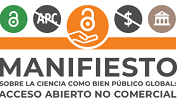
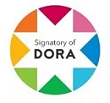
2.png)


